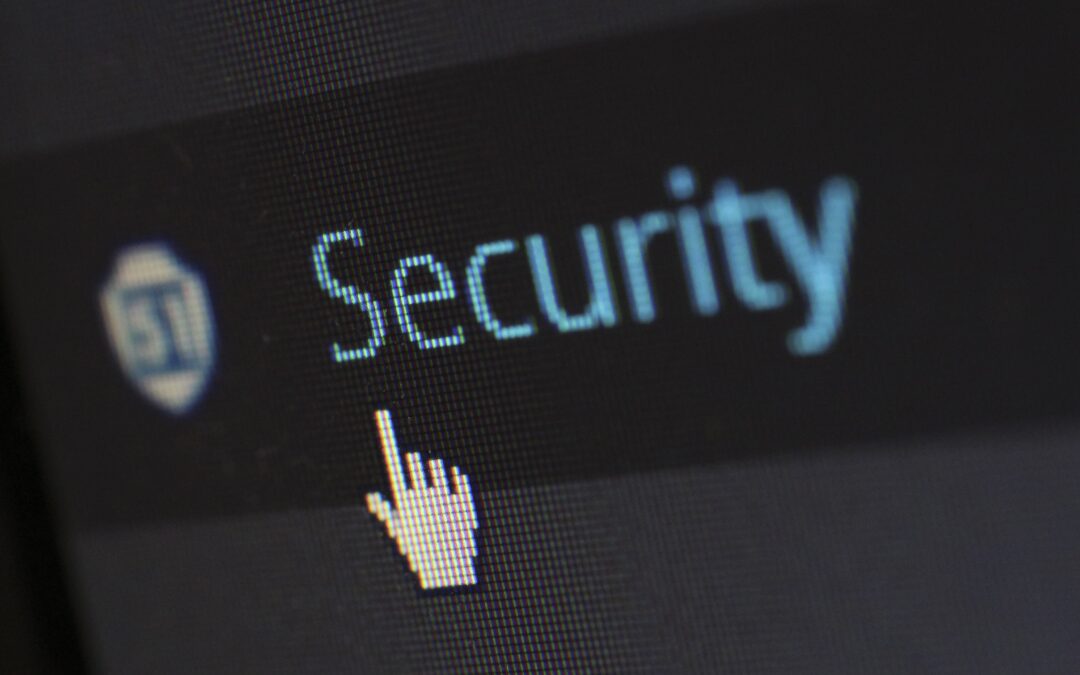The word “cybersecurity” has solidified itself in the mainstream of late, with October being highlighted as Cybersecurity Awareness Month. Unfortunately, the rise in familiarity with this phrase directly correlates to the rise in cyber attacks. Some statistics suggest that there are 2,200 cyber attacks per day, costing businesses in the US $8 trillion annually.
The goal of this article, however, is less about doom and gloom, and more about solutions and a comprehensive approach to cybersecurity. Though there is no 100% effective cybersecurity solution, a robust solution has to take a multi-faceted approach.
Indulge me with the following illustration. Let’s say you had a large sum of money, and you wanted to keep it as safe as possible. My guess is that you would take a comprehensive approach to safeguarding your money. You wouldn’t install a lock on your front door and leave the back door open. You’d have locks on all your doors, and perhaps even a safe in your home. To increase security, you might employ a guard and an alarm system. And eventually, you’d probably invest that money in secure third-parties such as bank accounts or investment portfolios. This multi-faceted approach would make the theft of your money less likely.
Cybersecurity must take a similar multi-faceted approach. Here are some of the most effective and fundamental approaches to consider as you look at your own cybersecurity needs:
1. Defensive Software Tools
Most people are familiar with anti-virus and anti-malware software as well as password managers. Utilizing these tools in conjunction with the built-in tools provided by most operating systems is at least a minimal step toward security. Beyond this, most IT partners utilize remote management tools to track when the operating system needs to be updated, when hard drives are full, and when systems probably need to be retired. More advanced tools like Endpoint Detection and Response (EDR) can also provide helpful defense against malicious threats.
2. Robust, Up-To-Date Hardware
Network technology is ever-evolving, so making sure your infrastructure is up-to-date and secure is an important step in the battle to protect your data. A server with important data is a priority target for those who want to do harm, so making sure your server is still being supported and your firewall is up-to-date are crucial to a secure network.
3. Effective Training
The most common method used to infiltrate systems and ransom data is still phishing. Someone within your organization makes a quick decision to click on a link in an email that looks legitimate, and suddenly, your company’s data is on the line, being ransomed, or shared publicly, bringing shame and a loss of reputation. A comprehensive cybersecurity approach will work to inform and educate the human element to lessen the potential for a breach.
4. Cyber Insurance and Response Plans
Since no foolproof cybersecurity plan exists to guarantee your data won’t be breached, it’s important to have a plan for IF a cyber incident occurs. Cyber insurance is an important measure to ensure your company can withstand a potential attack. In addition, having a WISP (Written Information Security Plan) in place will help guide your company through a cyber incident.
Ultimately, protecting your data, your reputation, and your clients’ personal information should be a priority. What next step do you need to take to add another layer of protection for the sake of your company, your clients, and your peace of mind?




Recent Comments